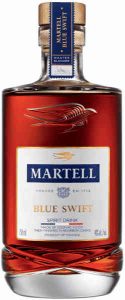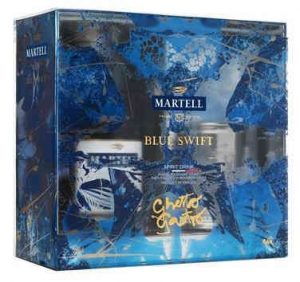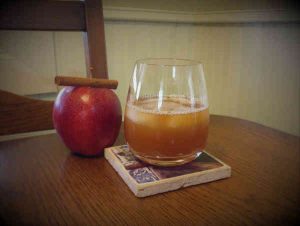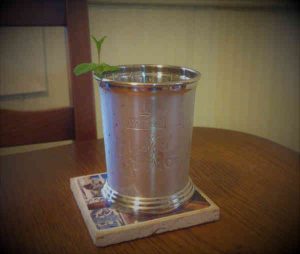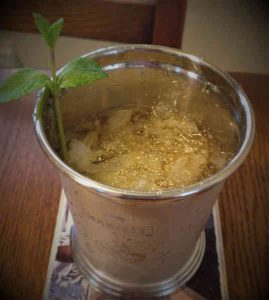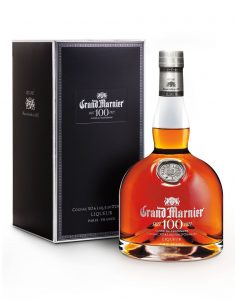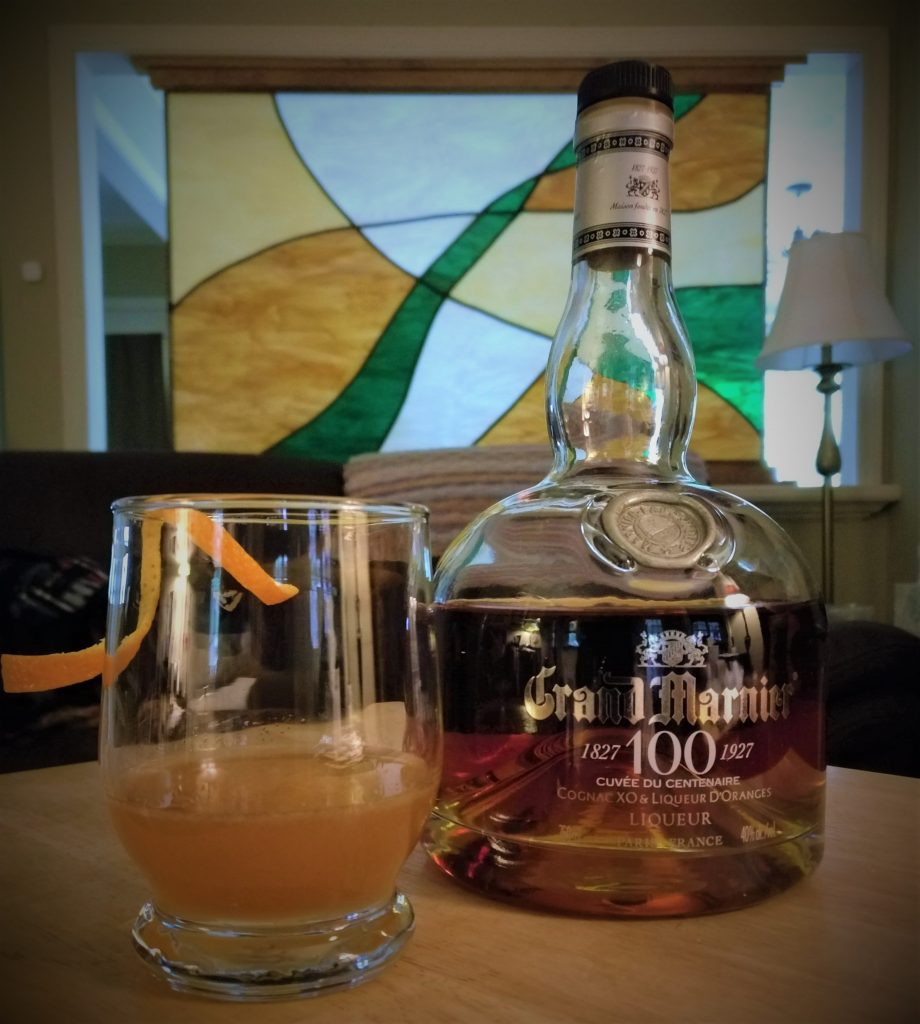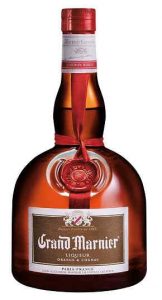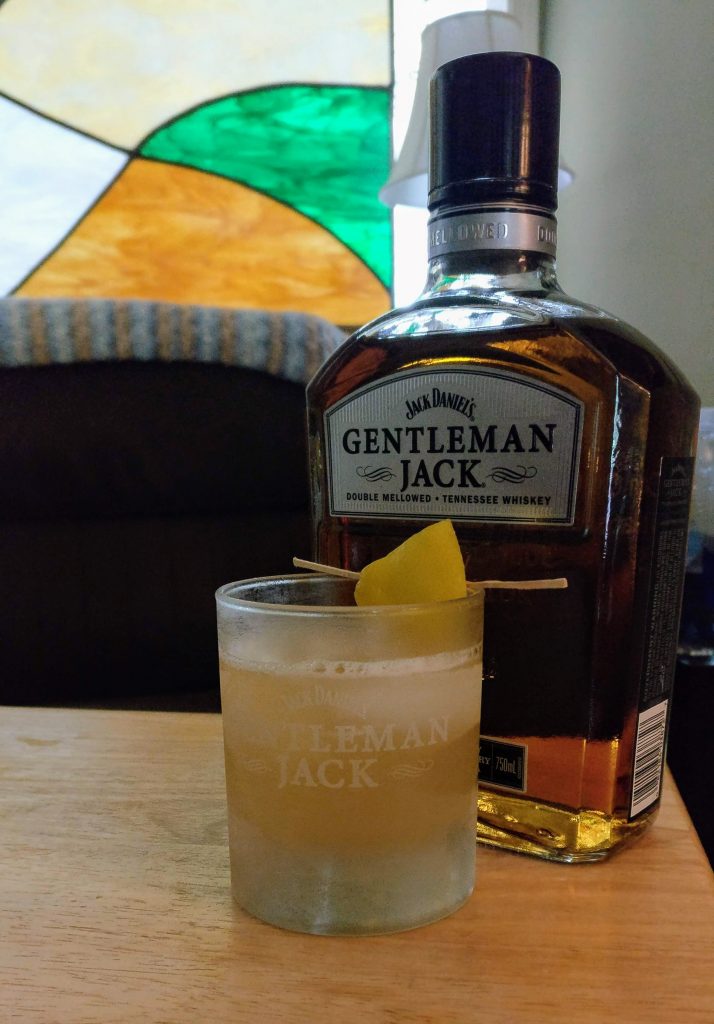Richard wrote a great piece on this topic back in 2011, but as there have been a lot of changes in the whiskey/whisky landscape since then – I thought it was time to provide an update. Much of this is shamelessly borrowed from that piece as I thought Richard nailed the approach; just wanted this to be helpful on it’s own if you hadn’t read the original (or don’t want to as it brings tears to recall what was available at what price just 8 yrs back!).
So more friends and family seem to be either asking for whiskey when they visit, or at least more are aware of it. If you’re the type of person who really only keeps one bottle around, and folks will like that or have water, this article probably won’t interest you. Note we’re not judging on this – everyone is different (although – you may have noticed this is a whiskey blog, so let’s assume you’ve got a bottle or two of whiskey at home and are looking to take it to the next level).
One clarification – we’re talking about stocking a whiskey bar – NOT a whiskey collection (which is completely different).
“How many bottles should I plan on getting for a base stock in my home whiskey bar?”
It depends. If you’re just looking for bourbon or scotch then probably three well chosen bottles will get you started. If you want a nice cross section of multiple styles then I would say five to eight. It really is up to you. However, I will caution you that once you get north of 10 bottles and start heading towards 20 you starting getting into collection territory. Again, there’s nothing wrong with that but it’s a slippery slope. 😉
“How much should I plan to spend?”
Not as little as you could have spent 10 to 20 years ago, but I suppose that can be said about most things. But you can set a budget and not break the bank. Or, you can go top shelf across the board and spend what used to buy a quality used car. I’ll try to give you a few examples at various prices for each category. That way you can decide how much you want to spend based on personal preference and financial situation. Please note that the prices listed are for a standard U.S. 750ml bottle.
“Where do I begin?”
With scotch and bourbon a good framework would be to get a mixer, a classic, and a gem.
Mixer: What I’m really referring to here is a table whiskey (not “bottom shelf” stuff you mix because that’s the only way you enjoy it). You should use the same rule of thumb for mixed drinks and cocktails as you do for cooking with wine. That means that even your table whiskey should be something you wouldn’t mind drinking by itself. There are plenty of inexpensive and tasty whiskeys out there so you shouldn’t have to buy rot gut just to use as a mixer. Here are some examples.
Scotch – Johnnie Walker Black (& Double Black), Chivas Regal 12 Year Old, Glenlivet 12 Year Old, Glenfiddich 12 Year Old, and Glenmorangie Original can all be found in the mid to upper $30s.
Bourbon – Wild Turkey 101, Buffalo Trace, Maker’s Mark, Elijah Craig Small Batch (review is of 12 yr, but pretty similar) and Old Grand Dad Bottled In Bond can all be found for $20-$25.
Classic: This should be something that typifies the category. That “used to be $1,000 a bottle but is now pushing $3,000 a bottle” of Macallan 30 Year Old may taste like heaven but when I say classic I’m thinking of a reasonably priced bottle that is pleasant and displays many of the standard characteristics of scotch or bourbon. Again, here are a few examples in two different price buckets.
Scotch for $50 or less – Highland Park 12 Year Old ($47), Compass Box Great King Street Blends ($45-50; the Artist’s, Glasgow, or any single/marrying cask will be solid), Bowmore 12 Year Old ($47), and Balvenie 12 Yr Double Wood ($50)
Scotch for $50 to $60 – Talisker 10 Year Old ($55), Glendronach 12 Year Old ($60), and Macallan 12 Year Old ($55)
Bourbon in the low-to-mid $30s – Knob Creek ($30), Old Grand Dad 114 ($31), and Four Roses Single Barrel ($35)
Bourbon up to $50 – Knob Creek Single Barrel 120 proof ($46), Wild Turkey Rare Breed ($50), and Baker’s ($50)
Gem: This is where you can stay reserved, or get really crazy. Up until now you’ve probably dropped between $130 to $175 on four bottles of whiskey (2 bourbon, 2 scotch). The notion behind these bottles is to have something exceptional. Think of it as a special whiskey or two. You can lay these on your snobby or aficionado friends to get the approving nod or you can use them to show someone how something really good tastes. Alternatively, you can think of these bottles as a little more aggressive or obscure in taste. If Glenfiddich is your middle of the road then maybe one of these bottles can be a super peaty Laphroaig. You can drop $70 on one of these or several hundred. It’s up to you. Below are a few suggestions but let your interests guide your decisions.
Scotch – Laphroaig Cask Strength ($70), Lagavulin 16 Year Old ($95), Glenlivet 18 Year Old ($100), Glenfiddich 18 Year Old ($110), Compass Box Spice Tree Extravaganza ($130)*, Compass Box Flaming Heart ($130)*, Highland Park 18 Year Old ($130), Balvenie 21 Year Old Port Wood ($220), Dewar’s Signature ($220), and Macallan 18 Year Old ($230)
* These are limited editions which I’ve intentionally avoided to this point, but unlike with bourbon – these tend to be available longer on the shelves. I was picking up the 2012 release of Flaming Heart in 2015 (when the next one came around), and for the money – these are exceptional bottles when you see one.
Bourbon – Wild Turkey Kentucky Spirit ($60), Elijah Craig Barrel Proof ($60), Blanton’s ($65)**, Rock Hill Farms ($65)**, Booker’s ($75), and Four Roses Single Barrel Selections (non-OBSV recipes, can run $65 – $80)
** These used to be widely available, and I know – the point of this refresh was because Richard’s post initially included things like George T. Stagg when you could get one for $75 at the store! So I’m asterisking them to acknowledge that, but they’re not in the same ‘never see in the store’ breadth as BTAC or Pappy.
Now you may have noticed that I’ve listed both blends and single malts for scotch under each category. This is intentional. Both are very tasty and should be considered equally. I really think that you should consider getting at least one blend and at least one single malt. One is not inferior to the other regardless of what you hear from scotch snobs.
Others
Scotch and bourbon are great but there’s a wider and ever expanding world of whiskey out there waiting to be sampled. Personally, I would recommend a good rye that you can drink and mix as a staple. Rittenhouse Bottled-In-Bond ($23) or Bulleit Rye ($25) are great examples. If you’ve only ever used bourbon in your cocktails then get ready for a treat. A good rye cocktail is hard to beat.
I also think you should have a bottle of something a little different. It will allow you and your guests to expand your whiskey horizons and give you something interesting to compare and contrast. A nice bottle of Hibiki Japanese Harmony ($70), Redbreast 12 Year Old Irish Pot Still Whiskey ($70), or Amrut Fusion Indian Whisky ($80) would all be nice additions.
“What about other spirits to have on hand?”
Believe it or not, I don’t only drink whiskey. I often enjoy other fine brown spirits. Around the holidays I especially enjoy a nice brandy after a big meal. Pierre Ferrand Ambre Cognac ($46), Germain-Robin Shareholder’s Reserve ($65), or Kelt XO Cognac ($180) are all nice examples.
If a nice aged rum is more your speed then maybe a bottle of Cruzan Single Barrel ($30), Appleton Estate Extra 12 Year Old Rum ($32), or Bacardi Reserva Limitada Rum Anejo ($100) would give you something nice to sip with guests (and unlike the whiskey, the prices haven’t gone crazy in the last 8 years!).
“Is there anything else I need?”
It’s probably a good idea to have a few other basic ingredients on hand for cocktails. Below is a suggested list but you can add or subtract as you see fit. Remember, this list is focused on whiskey cocktails. If you’re doing a White Russian or a Sex on the Beach then that’s something entirely different.
- Simple Syrup (make your own)
- Sodas (Coca-cola, diet cola, ginger ale, club soda, tonic water, etc.)
- Bitters (Angostura, Peychaud’s, etc.)
- Fruit – Juice and whole fruit (Lemons, oranges, maraschino cherries, etc.)
- Vermouth – Sweet and Dry
- Liqueurs
I would recommend that you actually look at the kind of cocktails you plan to make and back into a list of additional ingredients instead of blinding buying stuff that the guy on the internet said you had to have. Having a huge selection of cocktail accouterments looks cool but if you never use it then it’s a waste.
Of course, glasses are a must (although whether dedicated glassware is in order is entirely up to you). We share a run down on basic glassware here (and if you’re only stocking one – I’d go with your basic rocks glasses).
“Wait a minute. What about vodka and tequila?”
Like your mom said about little Scotty Powell down the street…”You don’t need friends like that.” In all seriousness, we were talking about stocking a nice selection of whiskeys. I could go on and on with my belligerent opinions of the vodka and tequila culture that’s exploded in the last 15 to 20 years but that’s not the point of this article. Look, if you need to have vodka and tequila, and a good host probably should, then you don’t need to fret over the bottles as much as you might think. Probably about 99% of vodka and tequila consumption in the U.S. occurs with some type of mixer. As long as you’re not buying the stuff off the bottom shelf in the plastic jugs you’ll probably be okay with the majority of brands when making a vodka tonic, vodka and cranberry, or margarita. Personally, I buy Kirkland Signature brand vodka and anejo tequila at Costco. Both are very good quality and ridiculously well priced. If you’re worried that your snobby friends will scoff because you have Costco brand or Stolichnaya vodka instead of Grey Goose or Ciroc then pick up a nice decanter to keep it in. It will class up your bar a little and then if they ask what it is you can tell them whatever the hell you want.;)
If you’re in a quandary the next time you go to the liquor store to stock up then I hope this helps. As always, these are merely my opinions on the subject. Let your taste and wallet be your guide. If you have any questions or need additional suggestions please send me an email. Enjoy the holidays and share some good whiskey with good company.
Drink wisely my friends,
Richard
(updated by Gary)
